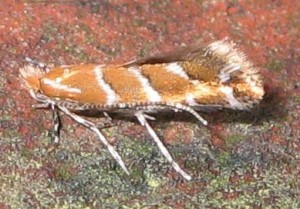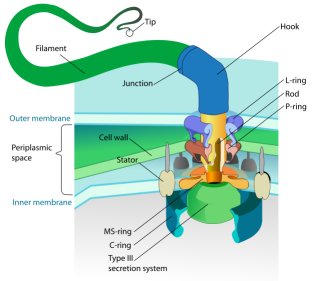With apologies to Gregory Maguire (author of Wicked), there are atheists, and then there are Atheists. Hacks like Richard Dawkins and PZ Myers are atheists, and scholars like Thomas Nagel and Bradley Monton are Atheists.
Well, one of the greatest Atheists of all time, Antony Flew, recently died at the ripe old age of 87. Interestingly enough, he didn’t die an Atheist. Why? Because he was convinced by the evidence that God must exist. In his own words:
There were two factors in particular that were decisive. One was my growing empathy with the insight of Einstein and other noted scientists that there had to be an Intelligence behind the integrated complexity of the physical Universe. The second was my own insight that the integrated complexity of life itself – which is far more complex than the physical Universe – can only be explained in terms of an Intelligent Source. I believe that the origin of life and reproduction simply cannot be explained from a biological standpoint despite numerous efforts to do so. With every passing year, the more that was discovered about the richness and inherent intelligence of life, the less it seemed likely that a chemical soup could magically generate the genetic code. The difference between life and non-life, it became apparent to me, was ontological and not chemical. The best confirmation of this radical gulf is Richard Dawkins’ comical effort to argue in The God Delusion that the origin of life can be attributed to a”lucky chance.” If that’s the best argument you have, then the game is over. No, I did not hear a Voice. It was the evidence itself that led me to this conclusion.
Now don’t get the wrong idea – Flew did not become a Christian. After a lifetime of arguing against the existence of God, however, he was forced to concede that the evidence clearly indicates that God does, indeed, exist. To him, this God is not necessarily a personal God, but He is an all-powerful Creator. In the end, Flew was probably best described as a Deist.
Flew was a rare man, indeed. As an Atheist, he was a formidable foe. As a philosopher, he had enough integrity to follow the evidence to its logical conclusion, even if it meant repudiating his life’s work and finally admitting that God exists. As an Atheist-turned-Deist, he was a powerful demonstration of just how strong the evidence for God’s existence is.
He will be missed.






